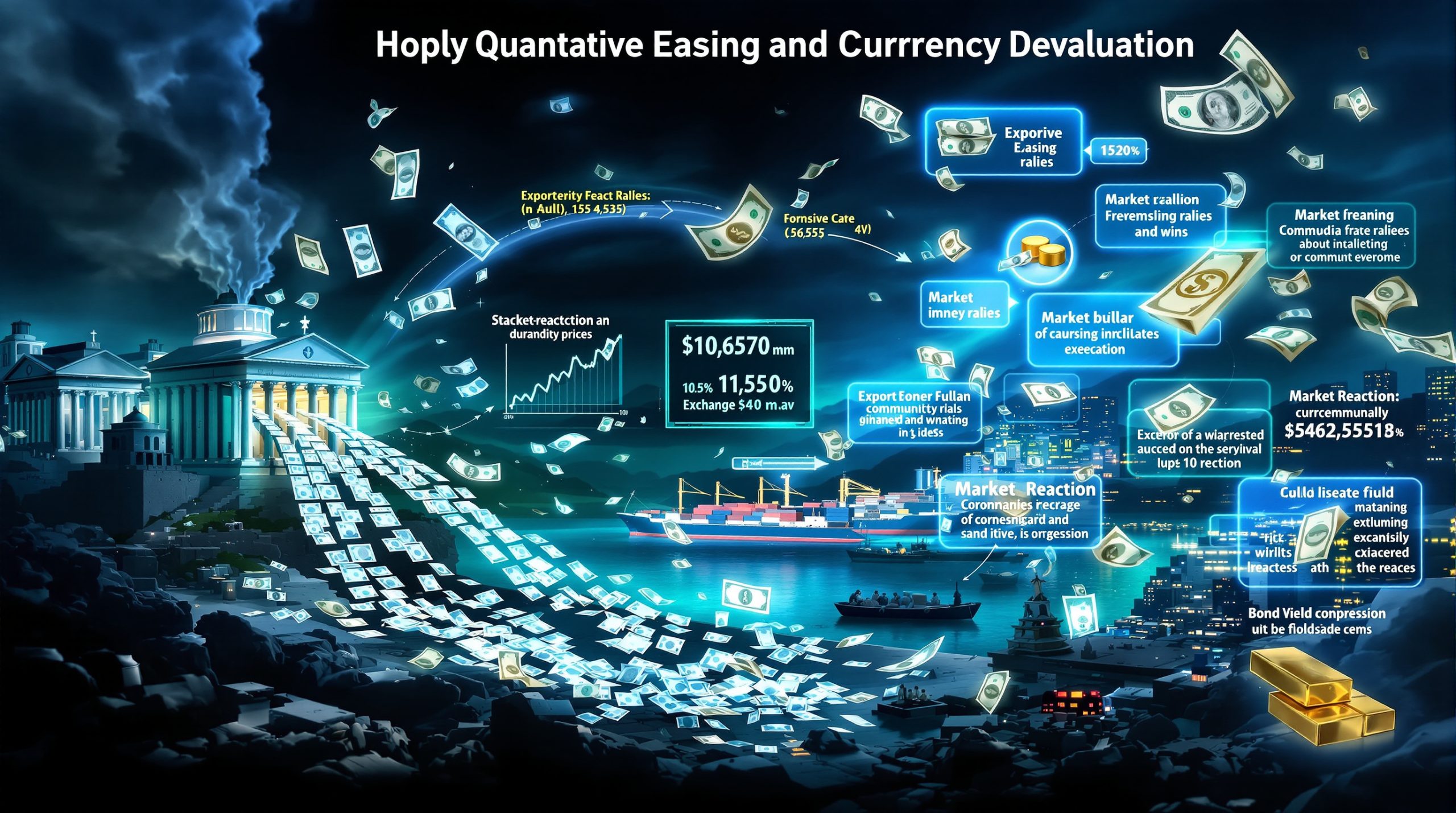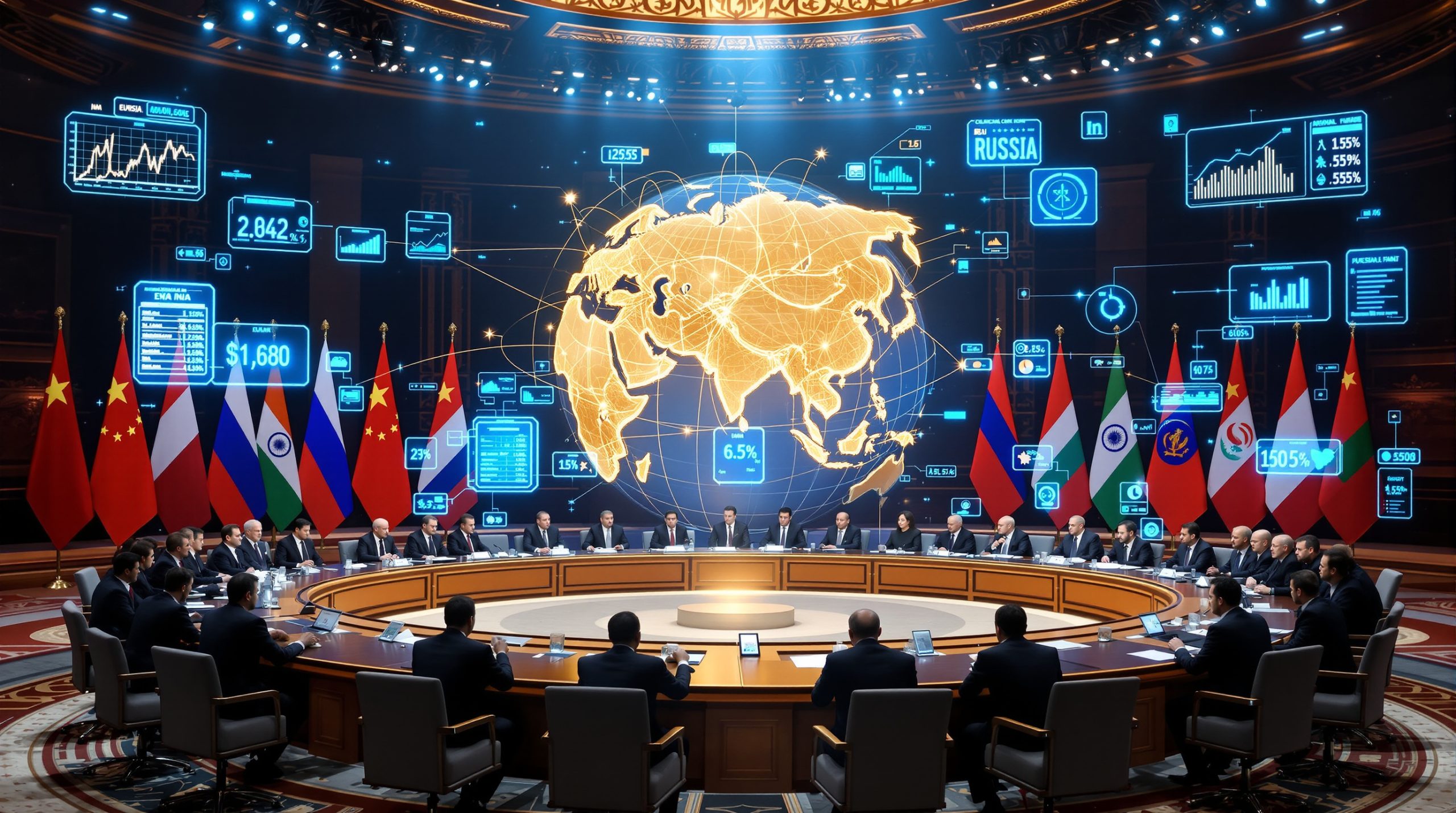What is Electrolytic Manganese Metal (EMM)?
Electrolytic Manganese Metal (EMM) represents one of the purest commercial forms of manganese available on the market today. This high-purity material (typically 99.7% Mn or higher) serves as a critical ingredient in specialized applications where manganese's unique properties must be precisely controlled.
Definition and Properties
Electrolytic Manganese Metal is characterized by its exceptional purity standards, typically maintaining at least 99.7% manganese content. This high-grade metal commonly appears as silver-gray flakes with a metallic luster and brittle texture. The stringent purity requirements make EMM significantly different from other manganese products such as ferromanganese or silico-manganese alloys.
The physical properties of EMM include:
- Melting point: 1,246°C (2,275°F)
- Density: 7.3 g/cm³
- Crystal structure: Body-centered cubic
- Hardness: 5-6 on Mohs scale
Industry specifications typically classify EMM into several grades:
- Standard grade: 99.7% Mn (most common)
- High-grade: 99.85% Mn (used in specialized applications)
- Battery grade: 99.9% Mn (ultra-pure for energy storage)
"The purity level of EMM is what distinguishes it from other manganese products. Every 0.1% increase in purity can significantly impact performance in critical applications like batteries and specialty steels." — Dr. Zhang Wei, International Manganese Institute
Production Process
The production of EMM involves a complex hydrometallurgical process that transforms manganese ore into high-purity metal through electrolysis. This energy-intensive process consists of several key stages:
-
Ore preparation: Manganese ore (typically pyrolusite, MnO₂) undergoes crushing, grinding, and beneficiation to increase manganese concentration.
-
Leaching: The prepared ore is dissolved in sulfuric acid solution to create manganese sulfate.
-
Purification: The solution undergoes multiple purification steps to remove impurities like iron, aluminum, and heavy metals.
-
Electrolysis: The purified solution passes through electrolytic cells where manganese ions are reduced to metallic manganese at the cathode.
-
Harvesting and processing: The deposited manganese is removed from the cathodes, washed, dried, and processed into flakes, powder, or lumps according to customer specifications.
The energy requirement for EMM production is substantial, with electricity accounting for 40-50% of total production costs. This energy intensity (approximately 6,500-7,500 kWh per ton of EMM) explains why production has concentrated in regions with access to affordable electricity.
Recent innovations in EMM production include:
- Advanced cell designs reducing electricity consumption by 8-12%
- Improved leaching techniques increasing manganese recovery by up to 5%
- Automated harvesting systems enhancing product consistency and reducing labour costs
How is the Global EMM Market Structured?
The global Electrolytic Manganese Metal market exhibits a highly concentrated production landscape with substantial geographical imbalances. Understanding these structural characteristics is crucial for anyone involved in buying electrolytic manganese metal or analyzing price trends.
Major Production Regions
China dominates the global EMM market with approximately 95% of worldwide production capacity. This extraordinary concentration has made Chinese production dynamics the primary determinant of global electrolytic manganese metal prices. China's annual EMM production capacity exceeds 1.5 million metric tons, with actual production typically ranging between 1.2-1.4 million tons depending on market conditions and environmental regulations.
Key Chinese production provinces include:
- Hunan: Largest production center, home to major producers like Changsha Easchem
- Chongqing: Second-largest hub with significant capacity expansion in recent years
- Guizhou: Growing production center with newer, more efficient facilities
- Ningxia: Notable for facilities with integrated power generation
Outside China, limited production exists in:
- South Africa: Approximately 30,000 tons annual capacity
- Australia: Small-scale production primarily for domestic consumption, with significant Butcherbird Manganese Expansion projects underway
- India: Emerging producer with growing capacity but facing electricity cost challenges
This geographical concentration creates vulnerability in the global supply chain, as evidenced during recent Chinese environmental crackdowns that triggered significant electrolytic manganese metal price spikes.
Key Market Players
The EMM industry features a mix of large state-supported enterprises and smaller private producers, with increasing consolidation as environmental regulations force out smaller, less efficient operations.
Major Chinese EMM producers include:
- Ningxia Tianyuan Manganese Industry: China's largest EMM producer with approximately 200,000 tons annual capacity
- CITIC Dameng Holdings: Vertically integrated with both mining and processing operations
- Eramet Comilog Manganese: One of the few significant non-Chinese producers
- Sunbond Chemical: Specializing in high-purity grades for battery applications
Leading trading companies controlling significant volumes include:
- Xiangtan Electrochemical: Major exporter handling approximately 15% of Chinese EMM exports
- Glencore: Dominant international trader with global distribution networks
- Noble Group: Significant presence in Asian markets outside China
Industry consolidation trends have accelerated in recent years, with the top five producers now controlling approximately 45% of global capacity, up from 30% a decade ago. This consolidation has profound implications for electrolytic manganese metal prices, as larger producers gain increased pricing power.
What Factors Influence EMM Pricing?
Understanding the complex interplay of factors affecting electrolytic manganese metal prices requires analysis of both supply-side and demand-side variables. The highly concentrated nature of production makes EMM particularly susceptible to specific market pressures.
Supply-Side Factors
Production costs represent the foundation of EMM pricing structure, with several critical components:
-
Electricity costs: Accounting for 40-50% of total production expenses, power rates have a direct and immediate impact on electrolytic manganese metal prices. Chinese producers typically consume 6,500-7,500 kWh per ton of EMM.
-
Manganese ore prices: Raw material costs represent 30-35% of production expenses. Most Chinese EMM plants source ore from domestic mines (35-40%) and international suppliers, primarily from South Africa, Australia, and Gabon.
-
Labour and chemical inputs: Together accounting for 15-20% of production costs.
Environmental regulations have dramatically reshaped the supply landscape in recent years. China's increasingly stringent pollution control measures have forced closures of non-compliant facilities, with particularly significant impacts in 2022-2023 when approximately 15% of capacity was temporarily or permanently shuttered.
"The environmental inspections in Hunan province alone removed about 80,000 tons of annual EMM capacity from the market in 2023, creating a structural supply tightness that underpinned prices for months." — SMM Metals Analysis, December 2023
Capacity utilisation rates fluctuate significantly based on market conditions. During periods of high demand, Chinese plants typically operate at 85-90% of capacity. However, during market downturns, utilisation can drop to 60-70% as producers attempt to stabilize electrolytic manganese metal prices.
China's export policies create additional complexities. While there are currently no export tariffs on EMM, export tax rebate adjustments and licensing requirements have historically been used to control volumes leaving the domestic market, creating price differentials between domestic and international markets.
Demand-Side Factors
Buyer behaviour significantly influences pricing dynamics in the EMM market. As noted in recent market reports: "Downstream buyers drove down prices for EMM purchases, with slightly looser market transactions, and spot prices were under pressure." (SMM Weekly EMM Review, June 2025)
Strategic purchasing patterns vary significantly by consumer type:
- Large steel producers: Typically secure 60-70% of requirements through long-term contracts with fixed or formula-based pricing, supplemented by spot purchases
- Specialty alloy manufacturers: Often maintain higher spot market exposure (40-50%) to capitalise on price movements
- Battery manufacturers: Increasingly shifting toward long-term supply agreements to secure high-purity material for expanding production
Seasonal demand fluctuations create predictable pricing patterns. Historical analysis shows EMM prices typically weaken in December-January (pre-Chinese New Year) and July-August (summer construction slowdown). Conversely, March-May and September-November typically see stronger demand and price support.
Regional demand variations add another layer of complexity to electrolytic manganese metal prices:
- Chinese domestic market: Largest consumption centre with pricing heavily influenced by steel industry dynamics
- European market: Smaller volume but premium pricing for high-specification material
- North American market: Historically paying premiums of $50-100/mt over Asian prices due to limited domestic production
- Japanese market: Known for exceptionally stringent quality requirements commanding premium pricing
Current EMM Price Trends and Analysis
The EMM market exhibits both short-term volatility and longer-term structural trends that impact electrolytic manganese metal prices. Current market data provides critical insights for both buyers and sellers navigating this specialized commodity market.
Domestic Chinese Market Prices
As of June 27, 2025, the domestic Chinese EMM market showed signs of downward pressure:
- Current price range: 13,350-13,450 yuan/mt
- Weekly movement: 50 yuan/mt decrease week-over-week
- Monthly comparison: Down approximately 2.1% from early June levels
- Year-over-year: 8.5% below June 2024 prices
This recent softening continues a gradual downward trajectory that began in April 2025 after prices had stabilised in the 13,800-14,000 yuan/mt range during Q1 2025. The current domestic price level represents a midpoint in the 52-week range of 12,950-14,300 yuan/mt.
Regional price differentials within China remain significant:
- Hunan province: Typically commands 50-100 yuan/mt premium due to established quality reputation
- Ningxia region: Often trades at slight discount despite competitive production costs
- Guizhou material: Usually priced 50-80 yuan/mt below national average due to higher impurity levels
International Market Prices
The international EMM market closely tracks Chinese export prices with appropriate adjustments for logistics, financing, and quality requirements:
- Current FOB China price: $1,870-$1,910/mt
- Weekly movement: $5/mt decrease week-over-week
- CIF Rotterdam price: $1,950-$2,000/mt (reflecting approximately $80-90/mt in shipping and insurance costs)
- US delivered price: $2,050-$2,150/mt (including applicable tariffs and inland logistics)
The current premium between domestic Chinese prices and FOB export prices stands at approximately 3-4%, lower than the historical average of 5-7%. This compressed premium indicates strong export competition among Chinese suppliers seeking to maintain market share in international markets.
Currency fluctuations have added another layer of complexity to electrolytic manganese metal prices. The recent strengthening of the Chinese yuan against the US dollar (approximately 2.5% since January) has partially offset price decreases when measured in dollar terms.
"The narrowing spread between domestic and export prices indicates Chinese producers are increasingly willing to sacrifice margins to maintain export volumes, particularly as domestic demand growth slows." — SMM Market Analysis, June 2025
What's Driving the Current EMM Market Pressure?
The current pressure on electrolytic manganese metal prices stems from a combination of fundamental supply-demand imbalances and market psychology factors. Understanding these drivers provides valuable context for price movement analysis.
Supply-Demand Imbalance
Recent market data reveals a fundamental oversupply situation developing in the EMM market:
- Production levels: Chinese EMM output has increased approximately 7% year-over-year, reaching approximately 1.35 million tons annualised production rate in Q2 2025.
- Consumption trends: Domestic Chinese consumption has grown only 3-4% during the same period, creating excess inventory throughout the supply chain.
- Inventory accumulation: Warehouse stocks at major trading hubs have increased 18% since January, reaching approximately 45,000 tons.
This supply-demand mismatch is particularly evident in the spot market. As noted in the SMM Weekly EMM Review (June 2025): "EMM plants mostly delivered long-term agreement orders, with relatively small fluctuations in spot quotes," indicating producers' preference for contracted sales over spot market transactions.
The order fulfillment pattern shows a pronounced shift toward long-term agreements, which now account for approximately 75-80% of total EMM shipments from major producers, up from 65-70% in 2024. This shift has reduced spot market liquidity, making it more susceptible to price volatility.
Market sentiment has turned increasingly bearish as evidenced by:
- Forward price expectations averaging 2-3% below current spot levels
- Reduced speculative buying from traders
- Increased use of consignment arrangements rather than outright purchases
Buyer Behaviour Analysis
Downstream consumers have adopted increasingly aggressive negotiation tactics in the current market environment. According to the June 2025 SMM report, "Downstream buyers drove down prices for EMM purchases," reflecting their increased leverage.
This buyer behaviour manifests in several strategic approaches:
- Price discovery tactics: Submitting multiple inquiries to different suppliers to create perception of abundant selling interest
- Volume manipulation: Breaking larger orders into smaller parcels to suggest reduced consumption
- Delayed purchasing: Extending intervals between restocking to create impression of declining demand
The result has been "slightly looser market transactions" as noted in the SMM review, with spot prices coming "under pressure" despite relatively firm producer quotes. This indicates a market where buyers have gained significant negotiating leverage.
Purchase volume strategies have shifted notably:
- Steel producers: Reducing average order sizes by 15-20% while increasing order frequency
- Specialty alloy manufacturers: Extending inventory coverage targets from 30-45 days to just 15-25 days
- Battery material processors: Maintaining more consistent purchasing but aggressively negotiating price adjustments
"We're seeing buyers deliberately fragment their purchasing patterns to create an impression of weaker demand. Even when their actual consumption remains stable, they're strategically timing purchases to maximize price leverage." — Purchasing Director, Major Chinese Stainless Steel Producer
How Do Long-Term Agreements Impact EMM Pricing?
Long-term agreements constitute a crucial component of the EMM market structure, providing stability for producers while offering price security for consumers. The dynamics between contract and spot markets create complex interactions that influence overall electrolytic manganese metal prices.
Contract Structure and Pricing Mechanisms
Modern EMM supply contracts typically employ one of several pricing structures:
-
Fixed-price agreements: Negotiated price for entire contract duration (typically used for shorter 3-6 month terms)
-
Formula-based pricing: Most common for annual contracts, usually structured as:
- Base price + adjustment factor
- Reference period average (e.g., previous quarter's average spot price)
- Floor and ceiling mechanisms to limit volatility
-
Cost-plus arrangements: Price calculated as production cost plus fixed margin (common for joint-venture relationships)
Most contracts specify quarterly or monthly volume commitments rather than fixed totals for the entire term. This provides flexibility while maintaining structural stability in the relationship. Volume ranges typically allow for ±10-15% variation from baseline quantities.
Price adjustment triggers commonly include:
- Spot market movements exceeding predetermined thresholds (typically ±5-7%)
- Significant changes in key input costs (e.g., electricity price increases >10%)
- Force majeure events affecting production or logistics
- Regulatory changes impacting costs or market structure
Risk allocation between buyers and sellers has evolved in recent years. Modern contracts increasingly incorporate shared risk provisions rather than placing burden entirely on either party. For example, contracts might specify that the first 5% of any input cost increase is absorbed by the producer, while increases beyond that threshold are shared 50/50 with the buyer.
Spot Market vs. Contract Market Dynamics
The price differential between spot and contract markets provides insight into market expectations and structural balance. Current data from metal.com's manganese price index shows:
- Average contract price: Approximately 13,500-13,600 yuan/mt for Chinese domestic contracts
- Current spot price: 13,350-13,450 yuan/mt
- Contract premium/discount: Contracts currently trading at ~1-1.5% premium to spot
This relationship represents a significant shift from historical patterns where contracts typically traded at a 2-4% discount to spot in exchange for volume security. The current premium for contract prices indicates market expectations of potential future price increases despite current downward pressure.
Volume distribution between contract and spot sales has shifted dramatically over the past 18 months:
- 2023: Approximately 60% contract / 40% spot
- 2024: Approximately 70% contract / 30% spot
- 2025 YTD: Approximately 75-80% contract / 20-25% spot
This migration toward contracted sales reflects producer preference for stability in an increasingly volatile market environment. As noted in the SMM review, "EMM plants mostly delivered long-
Ready to Capitalise on Major Mineral Discoveries?
Gain immediate notifications about significant ASX mineral discoveries with Discovery Alert's proprietary Discovery IQ model, transforming complex data into actionable trading opportunities. Learn why historic discoveries can generate substantial returns by visiting Discovery Alert's dedicated discoveries page and begin your 30-day free trial today.




